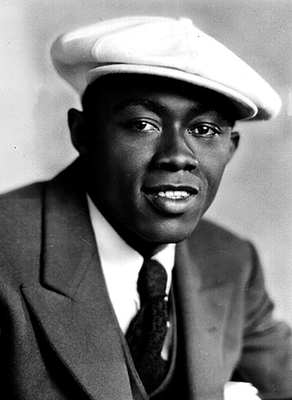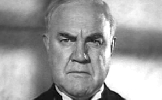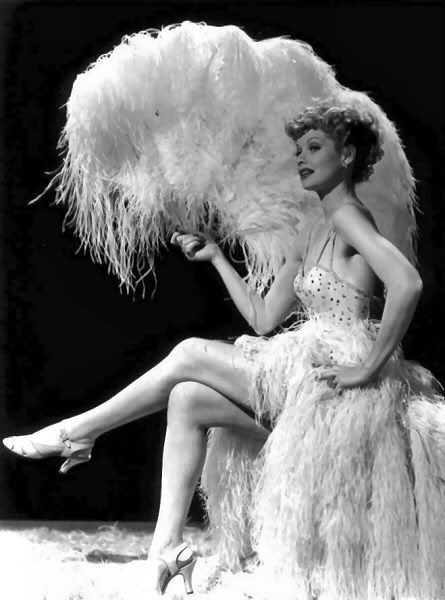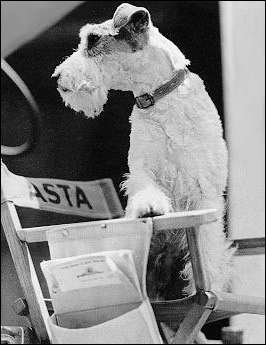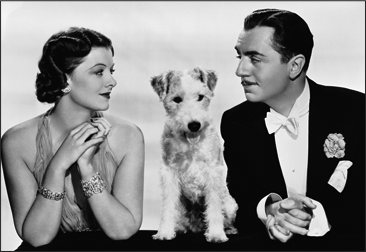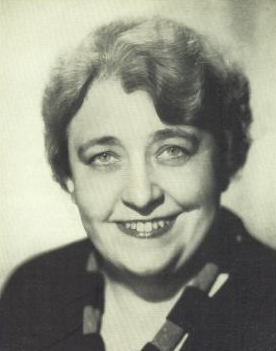
Known as "Old Man Ribber," Barnett would rent himself out to high society parties where the host wanted a little fun. Then Barnett would stand up and in a German accent, start insulting everyone. Or suddenly appear unable to speak english. Or show up as a waiting dumping soup on people in expensive tuxedos. He was literally a hired prankster, and more than once made good money by turning the tables on the guy who hired him.
This kind of high-wire act, unthinkable in today's litigious world, is certainly one of the most fascinating beginnings for any actor, as his whole living depended on his quick-thinking improvisation. Yet by the early 1930s, Barnett's face was getting a little too well-known for these shenannigans. The jig was up. He had played a few bit parts in film before, but nothing memorable.
Then Howard Hawks entered the picture. Hawks was, among many things, a great finder of talent. He brought to popular light such actors as Walter Brennan and Lauren Bacall, revealed new emotional depth in John Wayne, and helped teach Katharine Hepburn how to be funny (with a little help from Walter Catlett). In 1932 Hawks, who had seen Barnett around town at a social occasion, thought of the funny little bald man with the big ears for the part of the English-challenged secretary in "Scarface." The role was one of the few points of comedy in the grim crime drama, and Barnett pulled it off remarkably well, launching him on a long film career. Yet in addition to the comedic business (he never remembers to take a name for his bemused gangster employer), Barnett also brought some real pathos to the role. Here in his [Spoilers ahead!] death scene, he is shot but sticks to his intentions to serve his boss, Scarface (Barnett is seen right away, helping Scarface out of the car):
This role in the most controversial movie of the year quickly established Barnett as a valuable character actor and foil. He began appearing in upwards of ten films per year. Sure, they weren't all A-list pictures. In fact, most of Barnetts roles were for B studios and quickie quota films. But he always brought a bit of oddball fun to his roles, and was often a lot more interesting that the dull leads he was cast with. Playing a newspaper photographer, watch the palpable joy on his face in this scene from "The Corpse Vanishes," upon learning that a dead bride's body has been stolen (starting at around 2:26):
Like most character actors, Bennett also found work in the short films produced by studios, often to showcase singers or standalone musical numbers. In this clip from 1941, he plays a soapbox reactionary in a toupee won over by Martha Tilton's claims that love makes the world go 'round and that's what the country needs, by gum!
Yet Barnett had his turn at memorable roles in good films as well. He played the role of Charleston in Robert Siodmak's Hemingway adaptation, "The Killers," acting against a newcomer named Burt Lancaster. Barnett is great in this straight dramatic role, especially here in his scenes as an older man, recalling his past with Lancaster in the clink:
With television taking over, Barnett's amiable mug had no trouble finding roles. He showed up on the Andy Griffith Show and its later spinoff Mayberry R.F.D., as well as a small part as the baggage man on Green Acres. One of his last roles would a small role in cinephile Jonathan Demme's "Crazy Mama," a low-budget romp for Roger Corman. Yet knowing Demme, it's highly likely that he cast Barnett on purpose, as a nod to the old days of cinema, when men with great comic timing and a silly moustache could tramp all over the silver screen. Good days indeed.
Suggested Viewing:
-Scarface
-The Killers
-Brute Force

